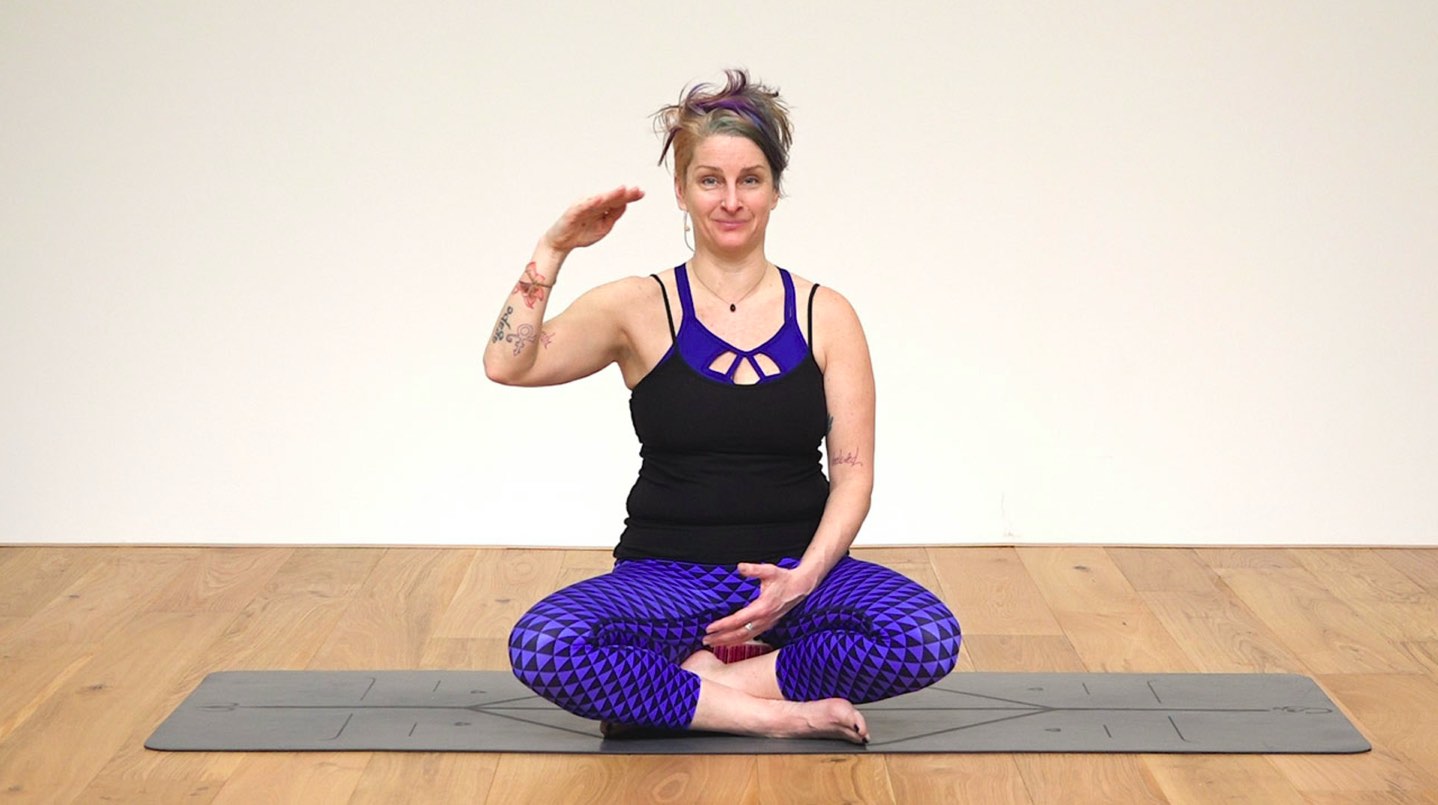Nada yoga
Nada yoga, the yoga of sound, tone and vibration, is one of the 6 major branches of yoga, along with: Hatha (yoga of physical postures and breath control), Jnana (yoga of study and knowledge), Karma (yoga of selfless service), Bhakti (yoga of love and devotion), and Raja (yoga of the mind).
In some schools of thought, Nada yoga is a subset of Kriya Yoga, the yoga of technique. Nada Yoga is the technique which purifies and harmonizes one’s own individual vibration in order to be in union with the vibration of the All That Is (Self-Realization).
Often referred to as Sound Healing, Nada Yoga uses external and internal sounds and vibrations to clear the 72,000 energy pathways (Nadis) of any blockages that might prevent Prana from flowing through.
Often referred to as Sound Healing, Nada Yoga uses external and internal sounds and vibrations. Singing Bowls, Gongs, Harmonium, Mantras, Seed Sounds (Bija Mantras), Vowel Sounds and more are all sound tools used to clear the 72,000 energy pathways (Nadis) of any blockages that might prevent Prana (life force energy) from flowing through.

Everything in the Universe is made up of energy. All energy has its own vibration and frequency of vibration. Everything inside of us, every cell that makes up our tissues, our fluids, our organs, our muscles, our bones, etc. vibrates at its own frequency. Our chakras (whirling vortexes of energy where two nadis meet) all have their own frequency of vibration. Often, due to both internal and external influences, our vibrations and frequencies get “out of tune” – this is referred to ‘entrainment’; the ability of one vibration to affect and change another. Sound healing is a technique used to harmonize any energy that is out of balance and restore it back to its natural and most healthy vibration.
Vocal toning
Vocal toning means using your voice to harmonize and balance your cells and your energetic pathways. Whereas chanting mantras and songs (also known to heal, open and harmonize) uses rhythm, vocal toning is known for its steady state of one tone per exhale. Below are three types of vocal toning that I love and that may also be beneficial for yoga teachers or those whose voice is vital to their work. Watch the video to do these along with me or follow the instructions below.
1. Bhramari Pranayama
Also known as Humming Bee Breath, this breathing technique is named after the female humming bee in India and is wonderful for balancing and opening the heartspace. By letting go of negativity, fear, confusion, anger, and resentment we make space in the heart for more love, compassion, kindness, gratitude and joy:
- Sit comfortably with your eyes closed, hands resting easily in your lap
- Calm and center yourself by breathing naturally in and out of your nose
- After a generous inhale, hum a tone that comes naturally to you (not changing the tone in rate, pitch or frequency) for the entire length of your exhale (you will feel the “Mmmmmm” initiate at the back of your throat, expand to heart and head, and then fill the whole body)
- Each exhale find a new tone to hum (higher or lower)
- Repeat for as many cycles you are called to tone
- When you feel complete, sit in silence in order to experience the benefits.
EkhartYoga members can practise Humming Bee breath in this class with Adela and Esther: Bhramari Pranayama.
2. Vowel sounds
Toning certain vowel sounds can affect different parts of the body: “A” as in PRAY is for clearing in the throat region of the body; “E” as in BE is for energizing and stimulating in the face/head/brain region. Instead of “I”, toning “AH” helps us to centre within, and expand around, the heart space; “O” as in KNOW is for energizing and stimulating the solar plexus region. Finally “U” as in WHO is grounding and calming in the lower back and base of the spine.
- Sit comfortably with your eyes closed, hands resting easily in the lap
- Calm and center yourself by breathing in and out of your nose
- After a generous inhale, open your mouth and exhale a vowel sound from above (either spontaneously or by choice because of the area/region of the body the vowel sound effects)
- You can choose to stay with one vowel sound or try all five
- Repeat for as many cycles you are called to tone
- When you feel complete, sit in silence in order to experience the benefits.
3. Bija mantras
Out of 72,000 Nadis there are three major Nadis (energy pathways that Prana flows through) and seven major chakras (where one or more major Nadis intersects) in the human body. Each one of these major chakras (areas of psycho-spiritual development) has, among other qualities and attributes, an area of the body and a Bija Mantra (seed sound/vibration) associated with it:
Root Chakra/Muladhara is LAM,
Sacral Chakra/Svadisthana is VAM,
Solar Plexus Chakra/Manipura is RAM,
Heart Chakra/Anahata is YAM,
Throat Chakra is HAM,
Brow (3rd Eye) Chakra is OM,
Crown Chakra/Sahasrara is AUM (or silence).
If the frequency that our chakras vibrate or spin in is out of tune, then chanting their Bija Mantras can help in the re-harmonizing process:
- Sit comfortably with your eyes closed, hands resting easily in the lap
- Calm and centre yourself by breathing in and out of your nose
- After a generous inhale, open your mouth and exhale the Bija mantra for each chakra as you direct your awareness into that chakras corresponding area of the spine/body
- You can choose to stay with one chakra or work your way from base to crown toning all 7 Bija Mantras
- Repeat for as many cycles you are called to tone
- When you feel complete, sit in silence in order to experience the benefits.
Toning your truth
Although there will be sounds, tones and vibrations that seem to come easier than others (often we will find our ‘signature’ tones; tones that illuminate where we are in harmony) it is important to explore the tones where we feel discomfort, where our voice catches and/or where we cannot hold the tone as long. These are signs that there is an imbalance somewhere in the body and in the mind.
Although there will be tones that seem to come easier than others, it’s important to explore those where we feel discomfort. These are signs that there is an imbalance somewhere in the body and in the mind.
Please don’t judge your imbalances (every action has an equal and opposite reaction…LIFE HAPPENS!). Instead, commit to acknowledging and doing the work to heal and harmonize. Sitting with this body and this mind, with all that is in balance and all that is not… this is our truth at this particular moment in time. The beauty is that yoga provides us with so many tools and techniques to elevate, expand and evolve this momentary truth of ours.
Here’s to healing, health and harmony!


